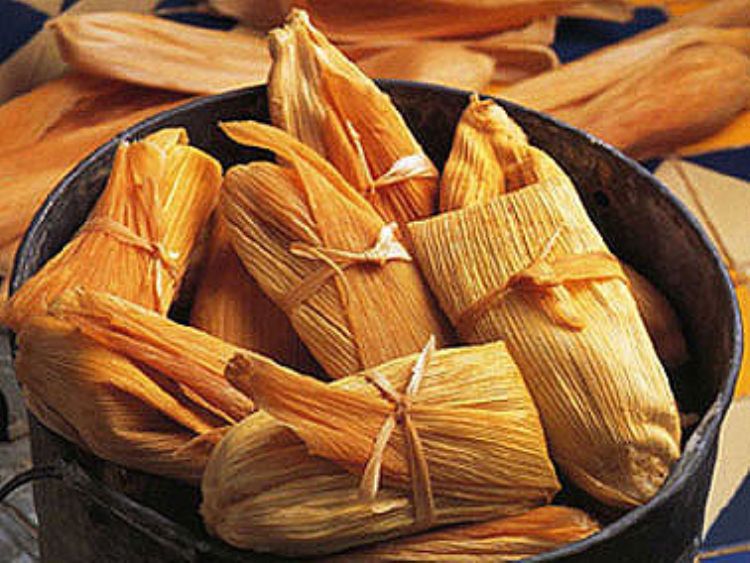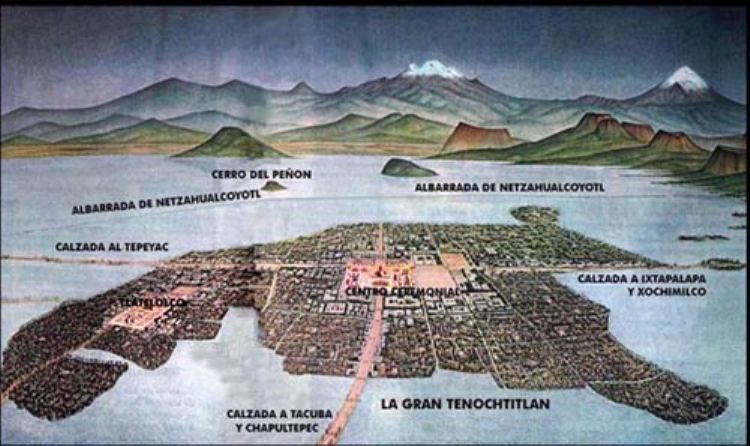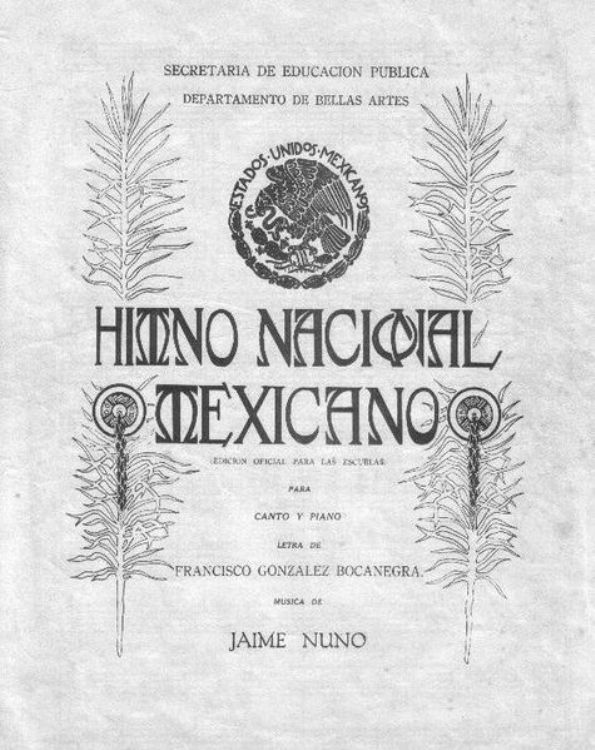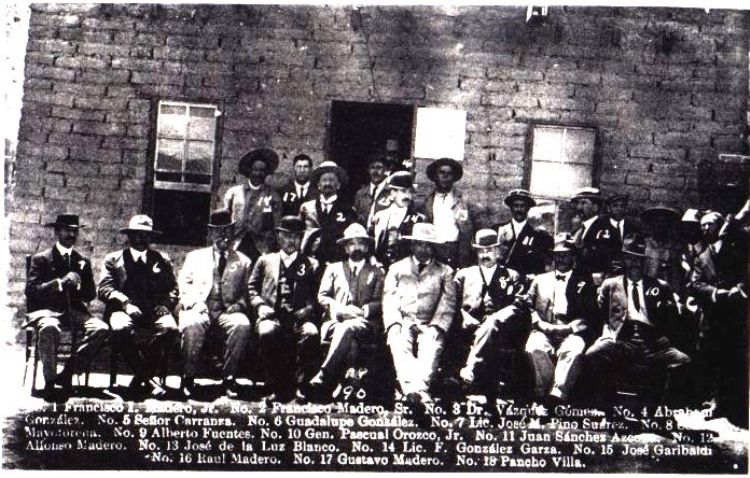Tamales, Mexican Wrapped Delicacies

The word tamal has Nahuatl roots and means âwrappedâ. The origin of this traditional food has been disputed by many countries in America and there is not enough proof for crediting any of them. Because the cultures of pre-Hispanic Mexico took corn, and its many different ways of preparing it, to other regions, it might be concluded that the tamal was invented in Mexico, but this canâ t be stated with absolutely certainty. Throughout Latin America, tamales receive different characteristic names, such as nacatamal in Honduras, tayuyo in Cuba and guanime in Puerto Rico.
This is how a great variety of dishes in the American continent area called, prepared with dough wrapped in corn, banana or avocado leaves and steamed. There are an endless number of stews made of meat, vegetables, fruits and sauces filling the dough of these wrapped delicacies.
Spanish historian Friar Bernardino de Sahagun, documented in the 16th century the link between tamales and burial rites, tradition that survives until our days with the tamales enjoyed at the Day of the Dead on the 1st and 2nd of November. It is also a tradition to eat tamales on the 2nd of February, Day of the Calendaria.
Every year Mexico City hosts the Latin American Tamal Fair on the first days of November for the Day of the Dead celebration and the Tamal Fair is held on the 2nd of February, of the Day of the Candelaria.
Mexicoâs great cultural variety has created an immense diversity of tamales, of forms and ingredients characteristic of each region. It is estimated that there are more than 500 types of tamales throughout the country and that hundreds of million tamales are enjoyed every year.
In Mexico City, small carts offer tamal sandwiches, a practical way to eat tamales while moving. Tamales from Oaxaca are wrapped in banana leaves and filled with pork, chicken or iguana meat prepared in black or yellow mole. In the Huasteca region where the Sierra Madre mountain range passes, are the largest tamales in the country. The corn dough becomes red with dry pepper powder and is filled with pork or chicken meat. They are served in abundant portions in a bowl and eaten with a spoon, usually for breakfast.
Mayan tamales are delicious for their great cochinita pibil filling, a pork stew prepared with axiote, orange juice and spices. The tamales of Michoacan are called corundas and made with vegetables and cheese in corn leaves. The charikurindas are a variety of the corundas, but made with beans instead of corn.
Artículo Producido por el Equipo Editorial Explorando México.
Copyright Explorando México, Todos los Derechos Reservados.






